
Book
The Curiosity Muscle
How Four Simple Questions Can Uncover Powerful Insights and Exponential Growth
Recommendation
Curiosity is a muscle, argue innovation and customer experience consultants Andy Fromm and Diane Kander – you use it or lose it. Employing a creative structure, the authors relate the rise and near-demise of a fictional company to reveal why so many successful companies nosedive into irrelevance. By asking four crucial questions, they explain, businesses can keep innovating; discovering and meeting customers’ evolving needs; and maintaining worker engagement.
Summary
About the Authors
Diana Kander is a New York Times best-selling author, entrepreneur and innovation consultant. Andy Fromm is chairman and CEO of Service Management Group (SMG).
Learners who read this summary also read
Book
Podcast
Book
Book









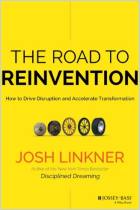
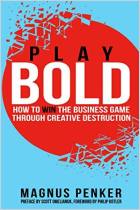
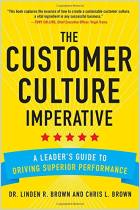

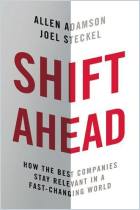
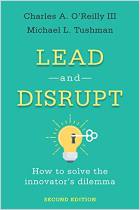






Comment on this summary